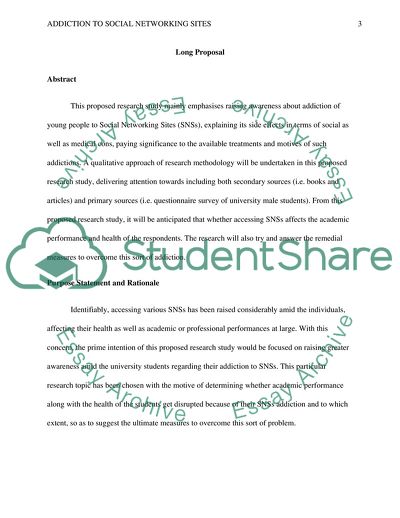Cite this document
(Addiction to Social Networking Sites Research Paper Example | Topics and Well Written Essays - 3500 words, n.d.)
Addiction to Social Networking Sites Research Paper Example | Topics and Well Written Essays - 3500 words. https://studentshare.org/information-technology/1821112-addiction-to-social-networking-sites
Addiction to Social Networking Sites Research Paper Example | Topics and Well Written Essays - 3500 words. https://studentshare.org/information-technology/1821112-addiction-to-social-networking-sites
(Addiction to Social Networking Sites Research Paper Example | Topics and Well Written Essays - 3500 Words)
Addiction to Social Networking Sites Research Paper Example | Topics and Well Written Essays - 3500 Words. https://studentshare.org/information-technology/1821112-addiction-to-social-networking-sites.
Addiction to Social Networking Sites Research Paper Example | Topics and Well Written Essays - 3500 Words. https://studentshare.org/information-technology/1821112-addiction-to-social-networking-sites.
“Addiction to Social Networking Sites Research Paper Example | Topics and Well Written Essays - 3500 Words”. https://studentshare.org/information-technology/1821112-addiction-to-social-networking-sites.


